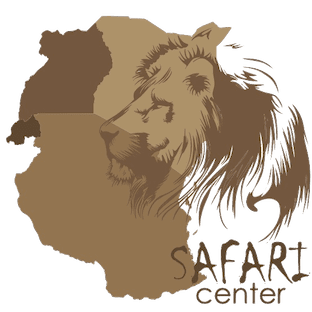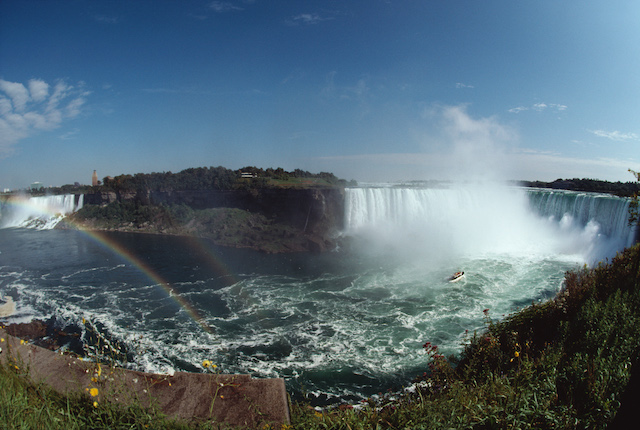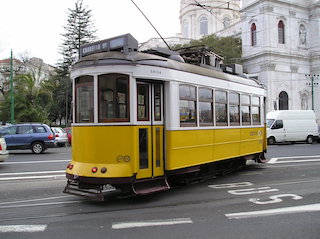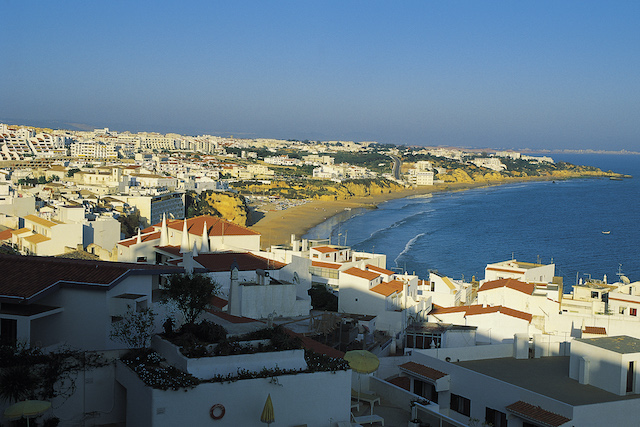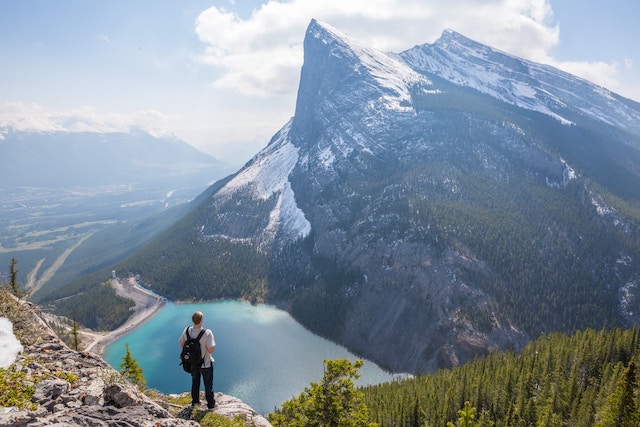Niagara Falls in Transition: How Modern Tourism Is Reshaping Local Culture and Economy
Stand at the guardrail beside Horseshoe Falls today and you’ll hear a dozen languages swirling through the mist. What was once a frontier outpost known for daredevil barrel plunges and honeymoon snapshots has evolved into a cosmopolitan hub where coffee roasters, craft-beer taprooms, and Indigenous art studios share the same streetscape. Tourism has always been Niagara’s economic pulse, but recent years have accelerated change at a pace that locals and visitors alike can feel—and taste, and see—in every corner of town.
The New Rhythms of a Waterfall City
For decades a typical Niagara itinerary relied on three staples: a boat ride into the spray, a postcard photo from Table Rock, and a souvenir T-shirt. Today’s travellers arrive with more nuanced expectations. They want chef-led farm dinners showcasing escarpment vegetables, walking tours that weave geology with Haudenosaunee creation stories, and boutique hotels retrofitted inside heritage buildings. This shift has encouraged entrepreneurs to diversify far beyond the familiar neon glow of Clifton Hill. Empty warehouses now house design studios; former motels have become mixed-use hubs with yoga lofts upstairs and micro-roasters on the ground floor. The soundscape has changed as well: you’re as likely to catch a street violinist playing classical arrangements at dusk as you are the distant roar of the falls themselves.
Economic Ripples Beyond the Rim
Visitor spending once clustered around the immediate waterfall precinct, but an appetite for deeper experiences has spread the economic benefit across the wider Niagara region. Vineyards in Niagara-on-the-Lake report record tasting-room traffic, fueled by travellers who pair the falls with cool-climate pinot on the same day. Downtown St. Catharines, twenty minutes away, has witnessed a surge of mural festivals and food halls that turn day-trippers into weekend guests. The Niagara Parks Commission has responded by extending shuttle routes, enabling farm-gate markets and riverfront bike trails to tap into tourism dollars that rarely reached them a decade ago.
Cultural Exchange in Real Time
The most visible marker of change may be culinary. Family-run South Asian, Middle Eastern, and Latin American eateries now sit alongside the classic pancake houses, offering menus that reflect the backgrounds of new residents drawn by hospitality jobs. Festivals have followed suit: Diwali celebrations light up Queen Victoria Park in autumn, while spring’s Sakura Matsuri fills pathways with cherry blossoms and taiko drums. Local schools report higher enrolment in hospitality-management programs, and the student cohort itself is more international—embedding fresh ideas in an industry still centred on a waterfall but increasingly powered by global perspective.
Sustainability and Authenticity: A Balancing Act
Growth brings challenges. Residents worry about housing affordability as short-term rentals multiply, and conservationists monitor foot-traffic impact on sensitive gorge trails. Yet the same surge in visitation funds trail maintenance, wetland restoration, and heritage-building rehab projects. Many new businesses weave sustainability into their opening pitches—think refill stations for water bottles at Table Rock or brewery patios built from reclaimed barn wood—fostering a culture where economic gain and environmental stewardship are not mutually exclusive.
Where Queen Tours Fits Into the Picture
Amid this cultural renaissance, tour operators have had to evolve, too. Guests now expect context, not just transport. At Queen Tours we redesigned our Niagara Falls Tour from Toronto to reflect the region’s broader story: itineraries include a stop at the revived power station to illustrate early renewable-energy innovation, a tasting flight of estate riesling that links terroir to the mist-cooled micro-climate, and free time in the Glen where guides share Indigenous place names for the river whirlpools. By spotlighting local makers and natural stewards, the tour becomes a two-way exchange—visitors deepen their understanding, and small businesses gain new advocates.
The Road Ahead
As remote work blurs the line between vacation and vocation, Niagara’s appeal may shift again: imagine waterfall-view coworking lofts or artist residencies that trade studio space for community workshops. What seems certain is that tourism will continue to shape the cultural and economic storyline. If the last few years have proved anything, it’s that the roar of the falls remains constant while the human landscape around it evolves with remarkable speed—and the people who call Niagara home are finding creative ways to ride that wave.
Catch the current now and you’ll witness a destination in motion: new flavours, new faces, and enduring water power that binds it all together.
